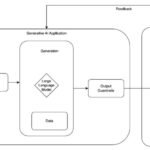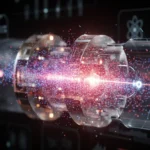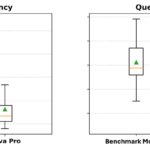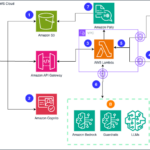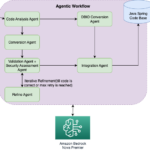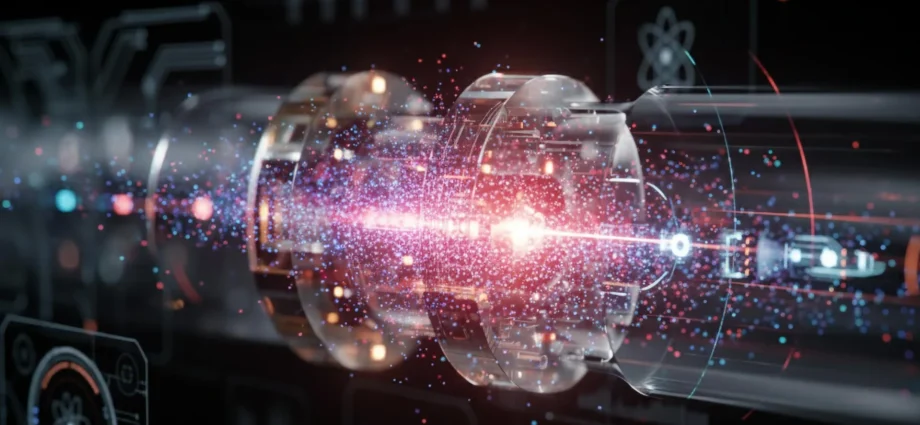Scientists from the RIKEN Center for Quantum Computing and Huazhong University of Science and Technology have carried out a theoretical study showing how a “topological quantum battery” could be efficiently designed. This innovative concept uses the topological characteristics of photonic waveguides and the quantum behavior of two-level atoms to store and transfer energy. Their findings, published in Physical Review Letters, point toward potential applications in nanoscale energy storage, optical quantum communication, and distributed quantum computing systems.
The Promise of Quantum Batteries
As environmental sustainability becomes an increasingly urgent global concern, researchers are looking for new approaches to next-generation energy storage. Quantum batteries — miniaturized theoretical devices that store energy using quantum phenomena such as superposition, entanglement, and coherence rather than traditional chemical reactions — could redefine how power is stored and transferred. In principle, these batteries could deliver several advantages over conventional ones, including faster charging, higher capacity, and improved efficiency in energy extraction.
Overcoming the Challenges of Quantum Energy Systems
Despite years of proposals, practical implementation of quantum batteries has remained out of reach. In real-world conditions, these systems are particularly vulnerable to energy loss and decoherence, a process in which quantum systems lose essential properties like entanglement and superposition, leading to reduced performance. In photonic systems that use ordinary (non-topological) waveguides — channels that direct photons but are sensitive to bends or imperfections — energy efficiency drops sharply as photons disperse within the guide. Additional challenges such as environmental noise, dissipation, and structural disorder further erode stability and storage efficiency.
Harnessing Topology to Improve Battery Performance
To address these persistent problems, the international research team used analytical and numerical modeling within a theoretical framework. By taking advantage of topological properties — material features that remain unchanged even when the structure is twisted or bent — they showed it is possible to achieve both long-distance energy transfer and immunity to dissipation in quantum batteries. In an unexpected twist, the researchers also discovered that dissipation, which typically weakens performance, can temporarily increase charging power under certain conditions.
Breakthrough Findings and Future Implications
The study revealed several promising outcomes that bring topological quantum batteries closer to practical use. The team demonstrated that the topological nature of photonic waveguides enables nearly perfect energy transfer. When the charging source and battery occupy the same site, the system gains dissipation immunity limited to a single sublattice. They also found that when dissipation surpasses a critical level, charging power experiences a brief but significant boost, overturning the long-held assumption that energy loss is always detrimental.
Toward Real-World Quantum Batteries
“Our research provides new insights from a topological perspective and gives us hints toward the realization of high-performance micro-energy storage devices. By overcoming the practical performance limitations of quantum batteries caused by long-distance energy transmission and dissipation, we hope to accelerate the transition from theory to practical application of quantum batteries,” said Zhi-Guang Lu, the first author of the study.
“Looking ahead,” says Cheng Shang, the corresponding author of the international research team, “we will continue working to bridge the gap between theoretical study and the practical deployment of quantum devices — ushering in the quantum era we have long envisioned.”
Nanotechnology; Physics; Batteries; Engineering and Construction; Materials Science; Chemistry; Technology; Construction
